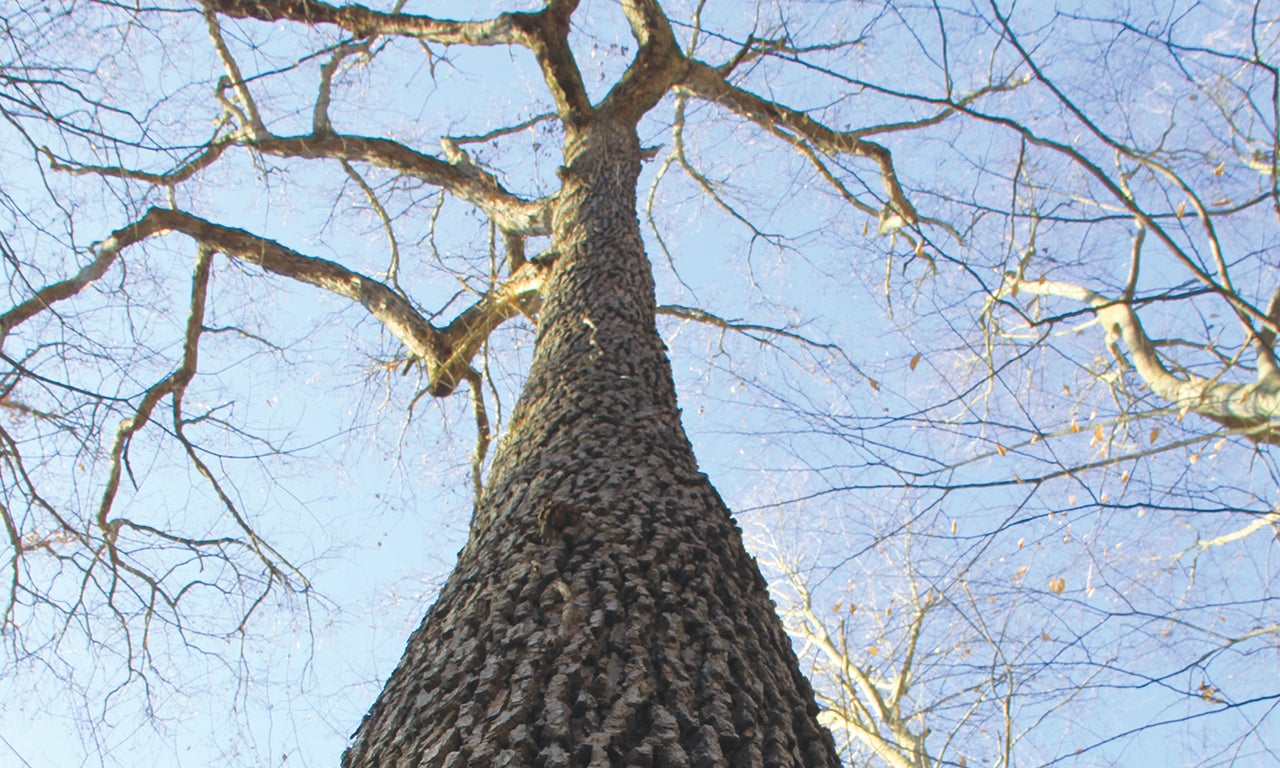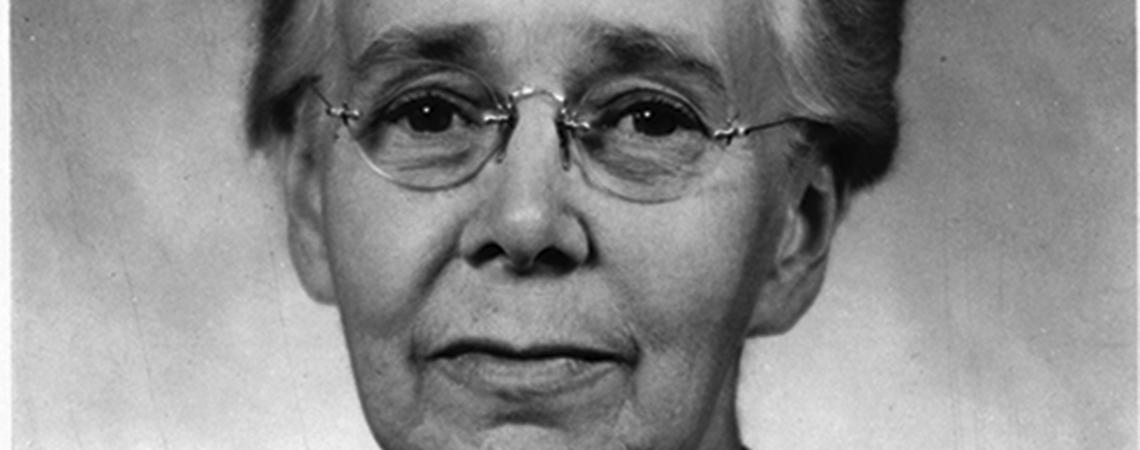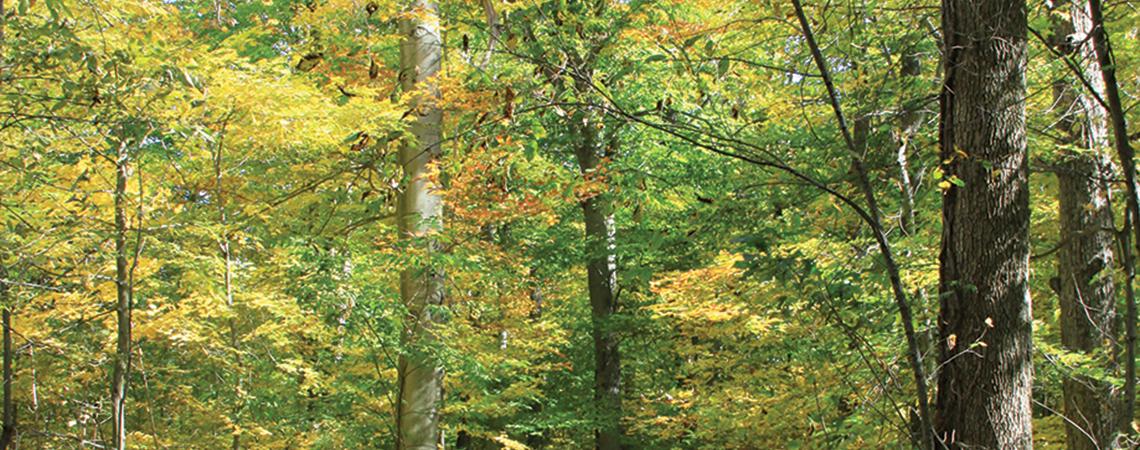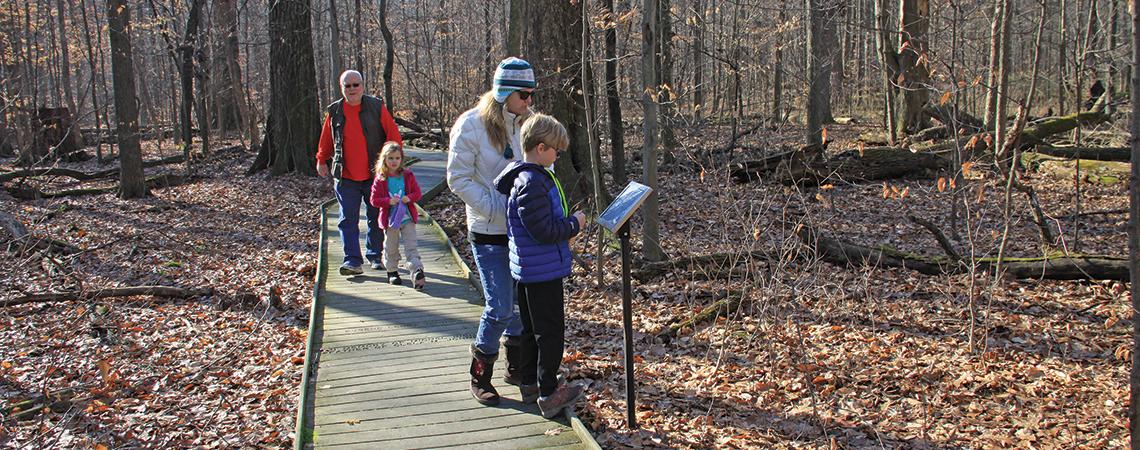I have a recurring daydream where I try to imagine what it must have been like to see the Ohio country hundreds of years ago, long before European settlement. We know that half a dozen major Indian tribes lived on the land — it would have been interesting to visit their villages and learn their way of life.
The birdlife at the time would have been amazing: innumerable flocks of waterfowl and shorebirds inhabiting the extensive Lake Erie marshes and Great Black Swamp. As late as 1813, John James Audubon wrote in his journal of standing on the bank of the Ohio River and watching an estimated one billion (now-extinct) passenger pigeons fly over during migration, darkening the sun and taking three full days to pass.
E. Lucy Braun
Large apex predators once lived here, too: mountain lions and wolf packs preying upon myriad white-tailed deer and elk. Ohio even had buffalo herds (I’ll write more about those later this year).
As fascinating as all of that would have been to experience, I believe it’s the virgin forest itself that would have been most awe-inspiring — trees so large they make most of today’s woodlands trees look like mere sticks. If you’d like to get a sense of what it was like living among those giants, I’d suggest reading Conrad Richter’s classic 1940 novel about the Ohio frontier, The Trees, which is the first book in his trilogy, The Awakening Land.
Ohio was once nearly totally forested. That vast forest disappeared in the blink of an eye, historically speaking — roughly from 1750 to 1900 — the trees felled to make way for future farms and cities. By the beginning of the 20th century, forest cover had fallen to a sparse 11% of the state’s land. Ohio woodlands have rebounded since then, however, and now cover more than a third of our state.
Someone who extensively studied the Buckeye State’s early forests was E. Lucy Braun (1889–1971). Hailing from Cincinnati, Braun and her sister, Annette, were early botanists and ecologists during a time when those professional fields were dominated by men. Her efforts led directly to the establishment of what would become the largest conservation organization in the world — The Nature Conservancy, which would go on to help conserve over 119 million acres worldwide.
Among her 180 pieces published, Braun wrote four books — the most memorable being her Deciduous Forests of Eastern North America, a nearly 600-page scientific tome published in 1950. She traveled more than 65,000 miles over 25 years of field research, covering most of that distance in a car she first obtained in 1930 and taught herself to drive. In a letter written to a friend, Braun even boasted of once going as fast as “38 miles per hour.”
One of the Ohio woodlands Braun studied was Johnson Woods in Wayne County, a few miles northeast of Orrville. Today, Johnson Woods is a state nature preserve open to the public, and many trees on the property — some of which are more than 400 years old — stand 120 feet tall, with trunks 4 to 5 feet in diameter.
It’s still possible to return to the Ohio woodlands of hundreds of years ago and experience the cathedral-like environment of old-growth forest. March is a good time to do so, before the leaves grow back on the trees, limiting the view. Thanks to E. Lucy Braun and hundreds of her forward-thinking ilk, small vestiges of such woodlands have been preserved throughout the Buckeye State, and a leisurely visit to any or all of the following locations is highly recommended:
- Johnson Woods State Nature Preserve (Wayne County)
- Goll Woods State Nature Preserve (Fulton County)
- Dysart Woods (Belmont County)
- Hueston Woods State Nature Preserve (Preble and Butler counties)
- North Chagrin Reservation (Lake and Cuyahoga counties)
- Bole Woods, Holden Arboretum (Lake County)
- Clear Fork Gorge State Nature Preserve (Ashland County)
- Lawrence Woods State Nature Preserve (Hardin County)
- Fowler Woods State Nature Preserve (Richland County)
W.H. “Chip” Gross is a member of Consolidated Cooperative and is Ohio Cooperative Living‘s outdoors editor.












